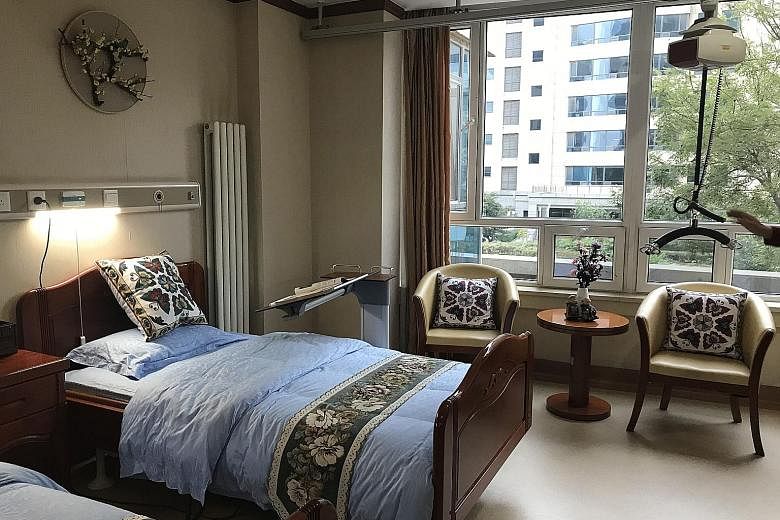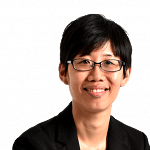YANJIAO (Hebei) • The plan to integrate Beijing, Tianjin and the surrounding Hebei province has found an unexpected beneficiary - a hospital and eldercare facility just outside the capital.
The Yanda International Health Centre lies several kilometres east of Chaobei River, which borders Beijing and Hebei.
For several years since its opening in 2011, the facility suffered from a low occupancy rate and was in the red, according to a Bloomberg report.
Its initial aim of attracting Japanese, South Korean and Russian retirees did not pan out. And there was no demand for its high-end services - priced at between 6,800 yuan (S$1,400) and 15,000 yuan a month - from Hebei residents.
Its hospital also saw few patients as the locals prefer to drive just under an hour to go into Beijing to seek treatment at the prestigious public hospitals.
"We had only 200 to 300 outpatient attendances a day when we first started, and the occupancy rate for the 620 beds was below 20 per cent," Mr Wu Yiming, managing president, told The Straits Times.
All that changed after several policies kicked in with the integration plan, which allowed medical resources to be shared and the portability of social security benefits.
Previously, doctors could not practise in more than one hospital, and patients could not claim health benefits across different cities.
The Yanda facility now collaborates with several big-name Beijing hospitals to have their doctors call on a regular or long-term basis.
"We have good hardware, and with this big enhancement to our soft skills, we could attract many patients," said Mr Wu.
Today, about 1,500 people visit the hospital daily to seek outpatient treatment and its occupancy rate is a high of 90 per cent, he added. One in five patients is from Beijing.
The situation at the retirement home, which offers three levels of care - independent living, semi-assisted living and assisted living - has also improved.
All 1,500 beds are occupied, with 90 per cent of the residents from Beijing. A new 8,000-bed wing is due to open next year and 6,000 spots are already filled.
Mr Yue Baotian, 80, said he has enjoyed living there with his wife for the past three years.
"This concept of combining a hospital and a retirement home is brilliant," said the retired soldier who has a home in Dongzhimen in Beijing. "It's very convenient to live just right by the hospital for old people like us."


